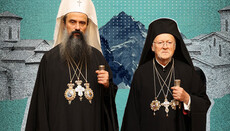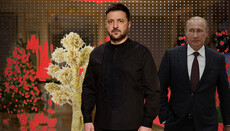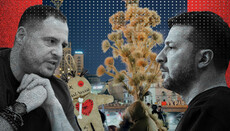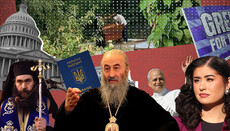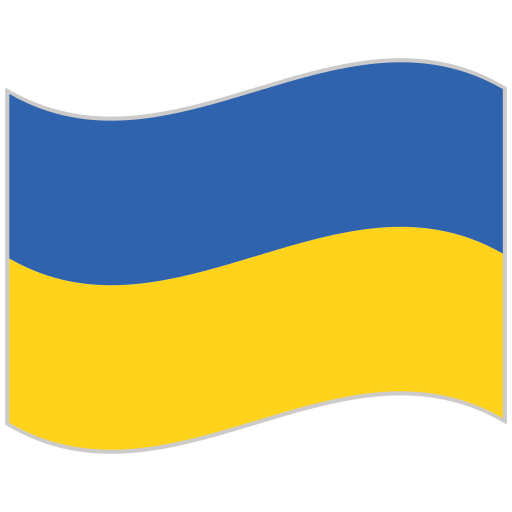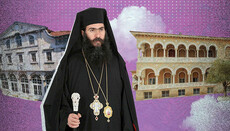How is a new pope elected?

The identity of the next pontiff will carry great significance in today’s world – including for relations with the Orthodox Church.
The identity of the next pontiff matters deeply in today’s world – not just for Catholics, but for all Christians, and even for many non-believers. That’s because, regardless of what anyone says, the papacy remains one of the most influential institutions in both religion and global politics. Who becomes the next head of the Roman Catholic Church could significantly shape the international agenda.
So, before we examine potential candidates, let’s first take a look at how the Pope is chosen – a process whose outcome is often shaped by more than just spiritual considerations.
Currently, the Catholic Church has entered a period known as Sede Vacante – Latin for “the seat being vacant.” This term is used when the Pope has died or, in rare cases, resigned (as happened in 2013 when Benedict XVI voluntarily stepped down). During this time, all papal authority passes to the College of Cardinals. However, their powers are limited, and their main task is to organize the election of a new pope.
This election process is called a conclave – from the Latin cum clave, meaning “with a key.” It will begin 15 to 20 days after Pope Francis’s death. The cardinals, who are senior clergy in the Catholic Church and are appointed by the Pope himself, form a kind of papal “senate.” Yet not all of them are allowed to vote. Only cardinals under the age of 80 at the time of the conclave are eligible, and the number of electors is capped at 120.
These cardinals come from all over the world – Europe, Africa, Asia, Latin America, and the United States – and convene in the Vatican’s famous Sistine Chapel. There, they are literally locked in and cut off from the outside world. They may not use phones, step outside, or give interviews – a measure meant to prevent external influence on the decision.
How does the voting work?
Each cardinal is given a paper ballot, on which he writes the name of the person he believes should become pope. The ballots are collected in a special vessel, counted by a commission, and then burned. A two-thirds majority is required to elect a pope. If no one receives enough votes, black smoke rises from the chapel’s chimney. But if consensus is reached, special chemicals are added to produce white smoke – the long-awaited signal that a new pope has been chosen.
Interestingly, a cardinal can decline the papacy – although this happens very rarely. After the conclave, only two cardinals are known to have refused: Cardinal Hugues Roger in 1362 and Cardinal Robert Bellarmine in 1621. Cardinal Giovanni Colombo also indicated during the 1978 conclave that he would decline if elected – a stance that likely shifted the vote toward Cardinal Karol Wojtyła, who became Pope John Paul II.
Once elected, the new pope chooses a papal name and changes into the white cassock. Then, from the central balcony of St. Peter’s Basilica – known as the Loggia of Blessings – the cardinal protodeacon announces to the world: “Annuntio vobis gaudium magnum: habemus Papam” (“I announce to you a great joy: we have a Pope”).
The cross is brought out onto the balcony, followed by the new pope himself, who gives his first blessing and address: Urbi et Orbi – “To the City and to the World.”
Catholics believe that the Holy Spirit guides the cardinals’ hearts and minds during the election. But in practice, the conclave can often resemble a political or even geopolitical battleground.
Sometimes, electing a pope takes many rounds of voting. The longest conclave in history lasted nearly three years (1268–1271) in Viterbo, Italy, due to deadlock between French and Italian factions. The impasse was so frustrating that local authorities eventually began dismantling the roof of the building to force a decision – and from this bizarre episode, the tradition of locking in the conclave was born.
Even after that, there have been instances when the Church went years without electing a new pope, due to bitter divisions among the cardinals. That’s because they’re almost always split into different camps – some more conservative, others more reform-minded.
So, what kind of pope will come next?
A reformer, but not a radical
First and foremost, each cardinal will cast his vote for someone who, in his view, shares his understanding of the Church’s mission. It’s hard to imagine, for example, a cardinal who supports “Western” liberal views on morality (such as LGBT issues, abortion, euthanasia, etc.) voting for a staunch conservative traditionalist.
Most cardinals agree that the next pope should at least maintain the general trajectory set by the last three pontiffs: a socially engaged leader, welcoming toward migrants, and careful not to make any drastic doctrinal changes. Even Pope Francis, despite controversial moves like permitting blessings for same-sex couples, did not dare alter the Church’s actual teaching on the matter. The next pope will be expected to do the same.
However, taking into account that the Catholic Church has gradually advanced its stance on moral issues over the last 40 years (in the 1990s, for instance, the idea of Masses for gay communities was unthinkable), it’s reasonable to assume the cardinals will continue along this path. They are likely to choose a moderate reformer.
Personal bonds and trust
It’s no secret that cardinals often vote for someone they consider a friend. Each elector wants the new pope not just to share his worldview, but to be someone he can speak to and be heard by.
Another crucial factor will be the ability of the future pope to unite East and West, clergy and laity, politics and religion – a skill that is particularly vital for the Vatican.
This is why the cardinals will most likely vote for a “diplomat” – someone known for his positions, capable of compromise, and ideally, a candidate with experience in both the Roman Curia (the administrative heart of the Vatican) and as a diocesan bishop. That way, the cardinals will have a fairly clear idea of what to expect. History has shown that obvious candidates have often lost simply because they failed to earn the trust of their peers.
Regional considerations
Another important point is that the pope is seen as a global leader, and cardinals from different regions consider whether a candidate will resonate with the faithful in their respective countries.
For instance, American cardinals will be unlikely to support someone who ignores the issue of sexual abuse within the Church or who fails to win the backing of political leaders – especially in the U.S.
Cardinals from predominantly Muslim countries (in Africa and Asia) will not vote for a pope who appears weak in the eyes of the Islamic world. They want someone who can engage in dialogue with Islam while also defending Catholics from Islamic pressure.
In Latin America, the concern isn’t Islam but the explosive growth of Pentecostal sects, which have drawn away large numbers of Catholics. Latin American cardinals expect the new pope to confront this challenge and restore the Church’s standing. He will also be expected to address urgent social issues such as drug trafficking, poverty, and ongoing conflicts.
European cardinals, meanwhile, are likely to focus on a candidate who supports LGBT inclusion and environmental issues, promotes dialogue with Orthodox Christians, Protestants, and Jews, and is willing to “rethink” the role of women in the Church.
The likely profile of the next pope
Based on these observations, along with many historical examples, we can sketch a rough profile of the most likely candidate for the papacy:
1. Age: Between 63 and 73. The average age of elected popes in the 20th century was 65. Only Benedict XVI was significantly older (78) – and the cardinals are unlikely to repeat such an experiment.
2. Languages: The new pope should speak Italian (the working language of the Curia), English, and ideally Spanish.
3. Faith and Doctrine: The next pontiff will likely be a balance of slightly traditional (especially in Church governance) and slightly liberal (open toward LGBT individuals and women in the Church). A strong commitment to ecumenism is essential.
4. Leadership Style: Pope Francis introduced a more synodal style of Church governance – taking the first steps toward greater inclusivity in decision-making. It’s clear the cardinals want to expand the authority of local bishops and episcopal conferences even further.
5. Professional Background: As mentioned, a mix of diocesan and Curial experience is vital. Statistically, of the nine popes of the 20th century, only one had never managed a diocese, and three had never worked in the Curia.
So who fits this profile? Which cardinal stands out as the most realistic candidate to become the next Pope?
That question will be answered in the next article.

